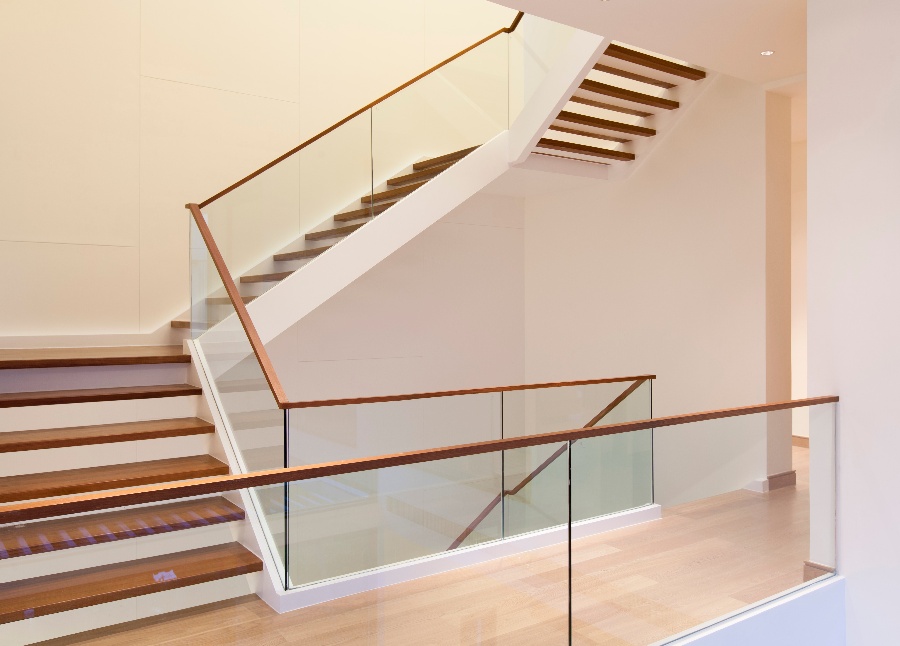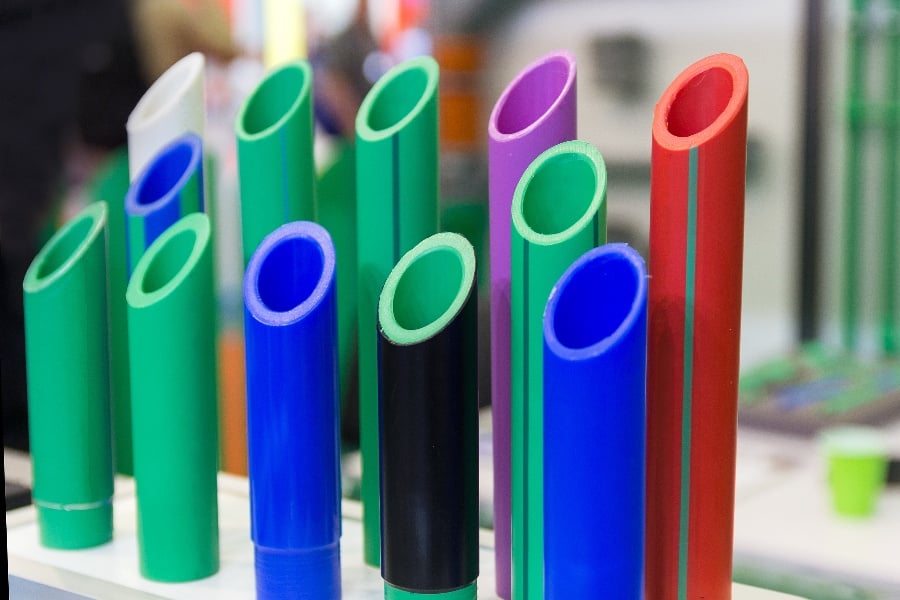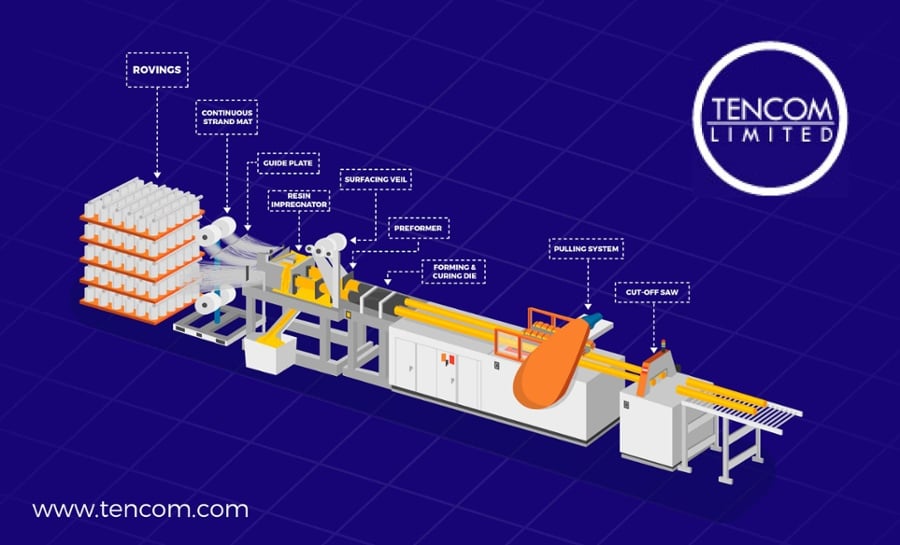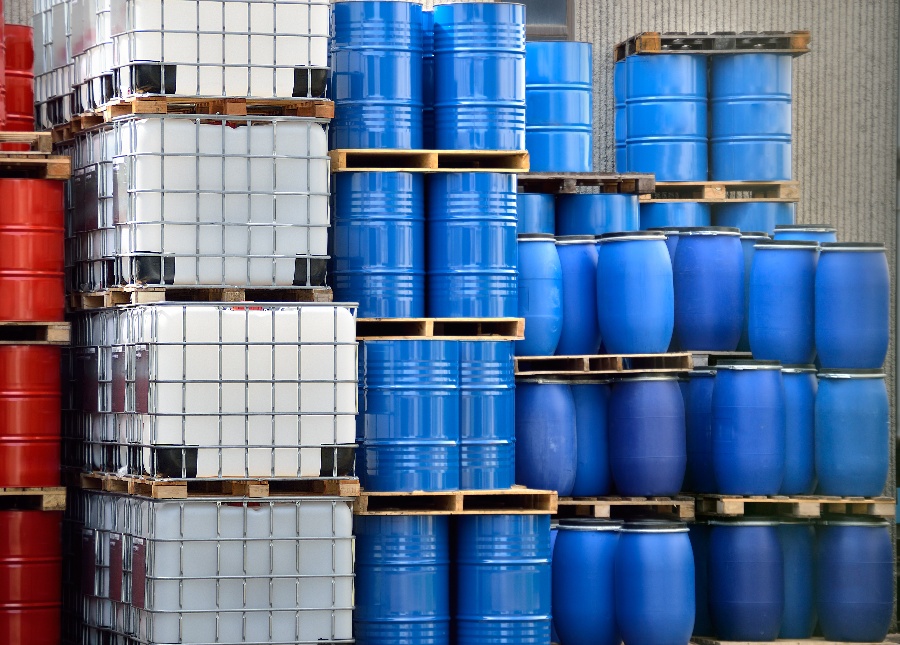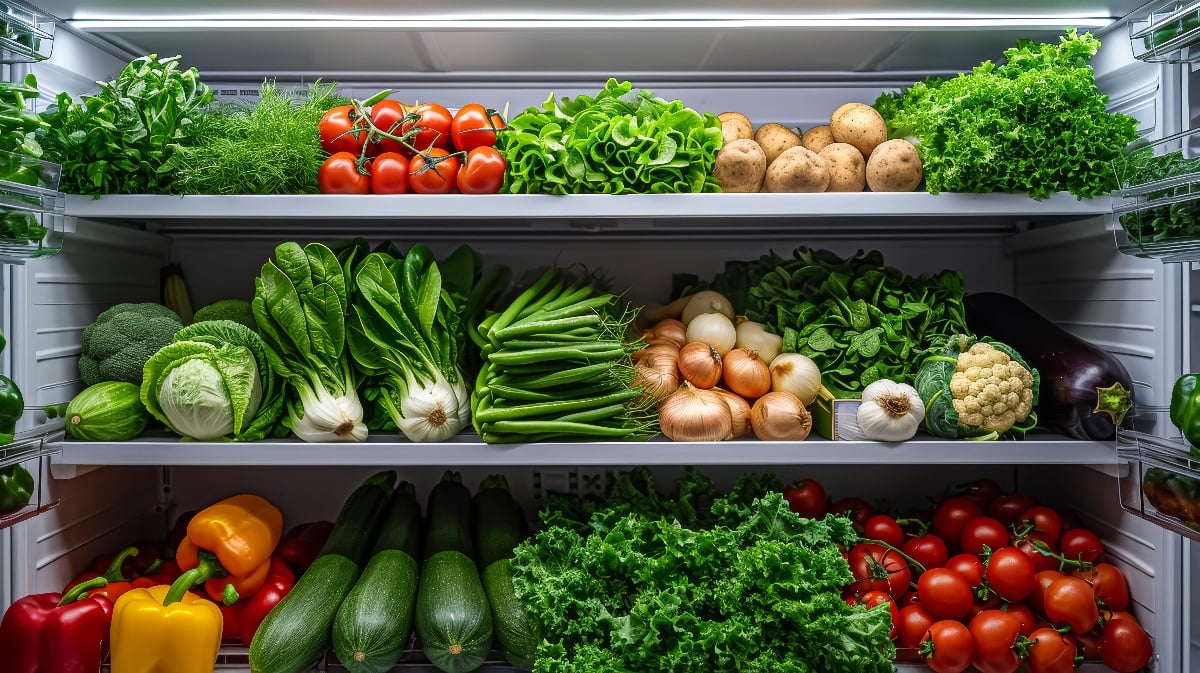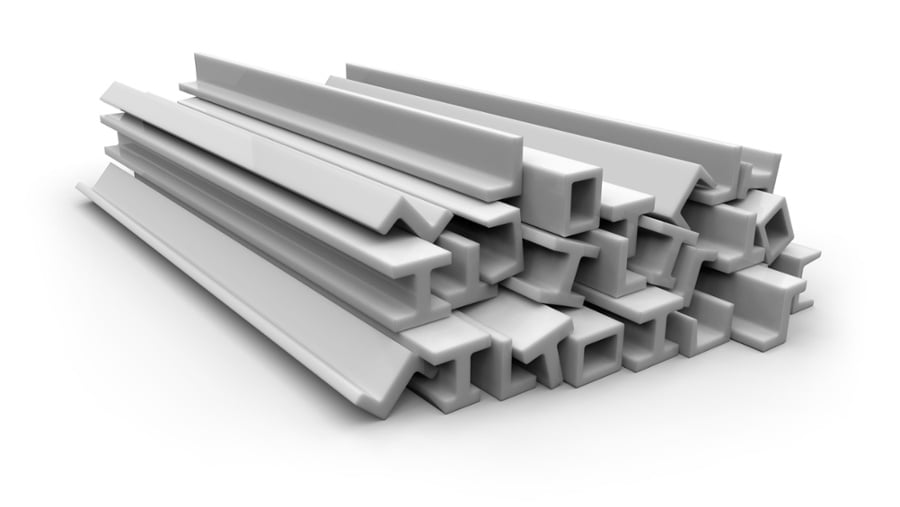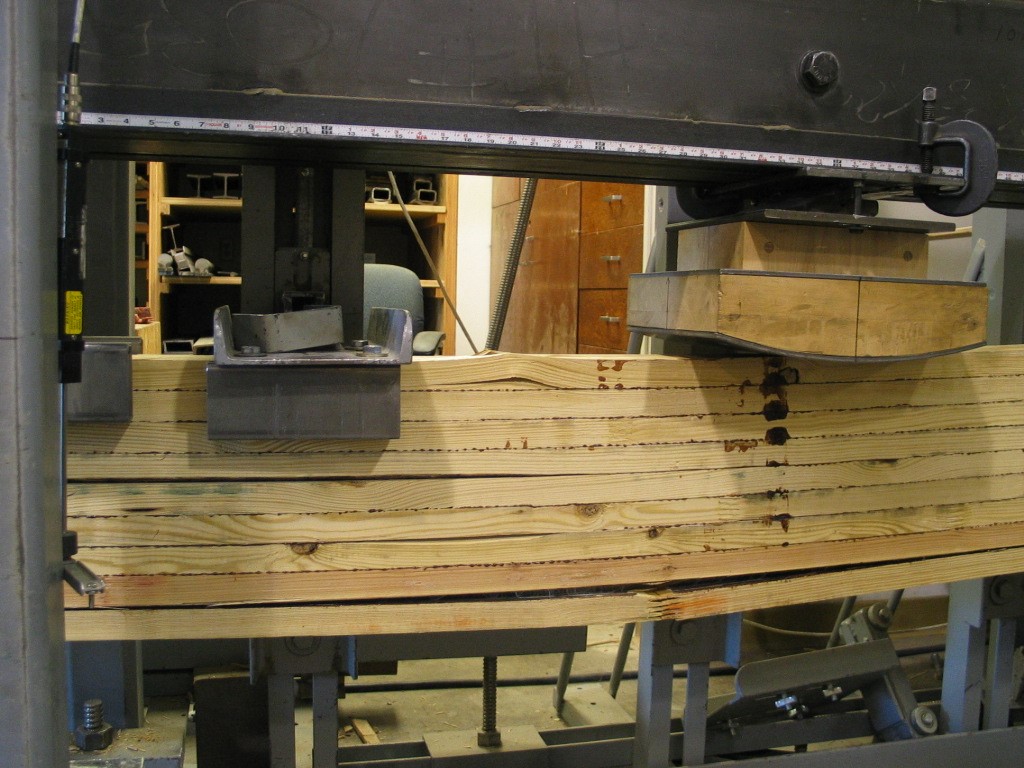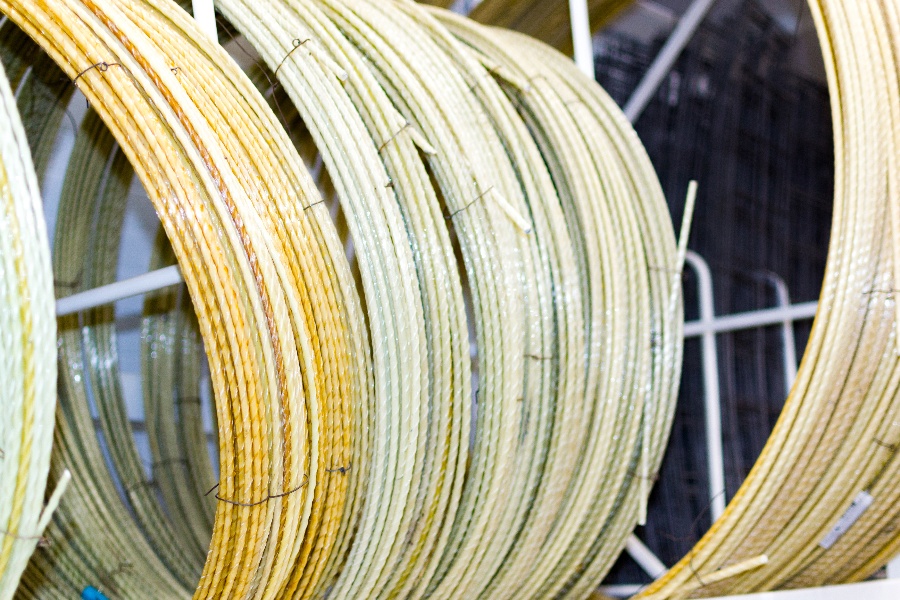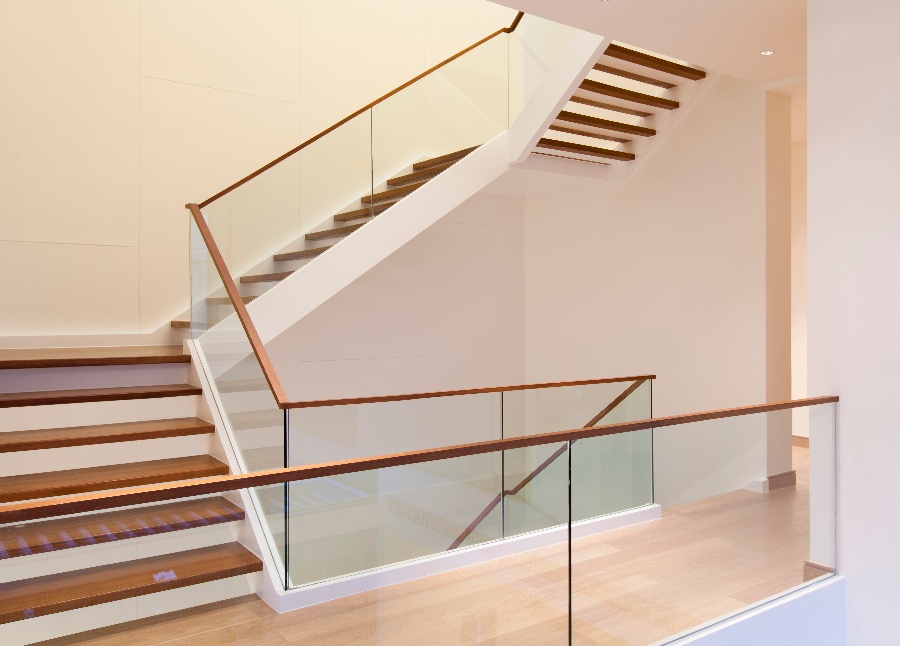
Handrails and guardrails are essential safety features that are commonly used in public places. Handrails are typically installed on stairways and escalators, providing support for climbing or descending people.
Guardrails, on the other hand, are installed along ledges and drop-offs. They help prevent people from falling off a platform or into a dangerous area.
Both handrails and guardrails must be strong enough to support the weight of people leaning on them. These structures also need to be tall enough to provide adequate protection. In order to ensure safety, it is necessary to design handrails and guardrails that fit form and function.
When designing handrails and guardrails, engineers must consider several factors to ensure users' safety. First, they must determine the maximum safe load that the rail can support. This load includes not only the weight of the user but also any additional loads, such as wind or snow. Second, they must determine the height of the rail. The rail should be high enough to provide adequate support but not so high that it presents a tripping hazard.
Third, engineers must consider the impact resistance of the material used for the rail. This property is fundamental in applications where there is a risk of vandals or other malicious damage. Finally, engineers must ensure that the rail is securely anchored to the structure to prevent it from being dislodged in an accident. When engineers take all of these factors into account, they can design handrails and guardrails that are safe for users while also meeting the aesthetic requirements of the project.
Material Considerations For Handrails and Guardrails
When designing handrails and guardrails, there are a number of material considerations that must be taken into account. The most crucial factor is the strength of the material. The handrail or guardrail must be able to support the weight of a person leaning on it without bending or breaking. In addition, the material must be durable and weather-resistant, as it will be exposed to the elements.
Another consideration is the appearance of the handrail or guardrail. For example, a handrail in a public building might be made from polished brass, while a guardrail in a residential area might be made from painted wood. The choice of material will also affect the cost of the project. Therefore, engineers need to strike a balance between strength, durability, appearance and cost when selecting a material for a handrail or guardrail.
Engineers commonly use wood for handrails and guard rails. Wood is typically cheap, strong, and durable, making it an ideal material for use in construction. However, this material is also susceptible to rot and insect damage, so it must be appropriately treated and maintained. Metal handrails and guardrails are also common, particularly in commercial and industrial settings.
Metal handrails are usually made from steel or aluminum, both of which are strong and weather-resistant. However, metal handrails can be slippery when wet, so they may not be the best choice for use in residential settings. In addition, metal handrails can be expensive to install and maintain. Metal handrails are conductive and can result in temperature and electrical safety issues.
Engineers must ensure they choose the right materials for guardrails and handrails. After all, these are the structures that are responsible for keeping people safe from falls. And while there are many different materials that can be used for these applications, fiberglass-reinforced plastic (FRP) is one of the best.
FRP and Fiberglass for Handrails and Guardrails
When it comes to safety, few materials are as reliable as fiberglass-reinforced plastic. Fiberglass-reinforced plastic is a unique material that has become increasingly popular in a wide range of applications due to its durability, lightweight construction, and corrosion resistance. This synthetic material is composed of glass fibers embedded in a resin matrix, usually made from plastic or epoxy. While the glass fibers give FRP its strength and structure, the resin provides the material with flexibility and shock absorption properties.
FRP is an incredibly strong and durable material that is resistant to both impact and corrosion. The material is also lightweight and easy to install, making it an ideal choice for guardrails and handrails. In addition, FRP is non-conductive and UV-resistant, making it an excellent choice for outdoor applications. With its combination of strength, durability, and versatility, it's no wonder that FRP is one of the most popular materials for guardrails and handrails.
Benefits of Fiberglass and FRP for Handrails and Guardrails
Strength and Durability
Fiberglass-reinforced plastic is an ideal material for use in handrails and guardrails. Its strength and durability make it a perfect choice for applications where safety and security are of the utmost importance. FRP is extremely strong, making it difficult to break or bend under stress, thanks to the addition of reinforcement fibers.
These fibers give FRP added strength and durability, making it an ideal choice for applications where safety is a concern. FRP has a high strength-to-weight ratio, meaning that it can support a significant amount of weight without being excessively heavy.
Low Maintenance
FRP is a material that is low-maintenance, making it an ideal choice for these applications. Unlike wood or metal, FRP will not corrode or rot, and it is not susceptible to insect damage. Finally, FRP can be easily cleaned with soap and water, meaning that they will always look their best when properly cleaned.
Lightweight and Easy Installation
Fiberglass-reinforced plastics are increasingly being used in the construction of guardrails and handrails. This use is due to their many advantages over traditional materials such as steel and concrete. FRP is much lighter than these other materials, making them much easier to install. As a result, fiberglass and FRP are commonly used in environments where durability and weight are important considerations.
Fiberglass-reinforced plastic is an excellent material choice for handrails and guardrails. Not only does this material provide a high level of safety, but it is also corrosion-resistant and can be customized to match any color or finish you desire. If you're looking for an attractive, safe handrail option, consider using FRP.

